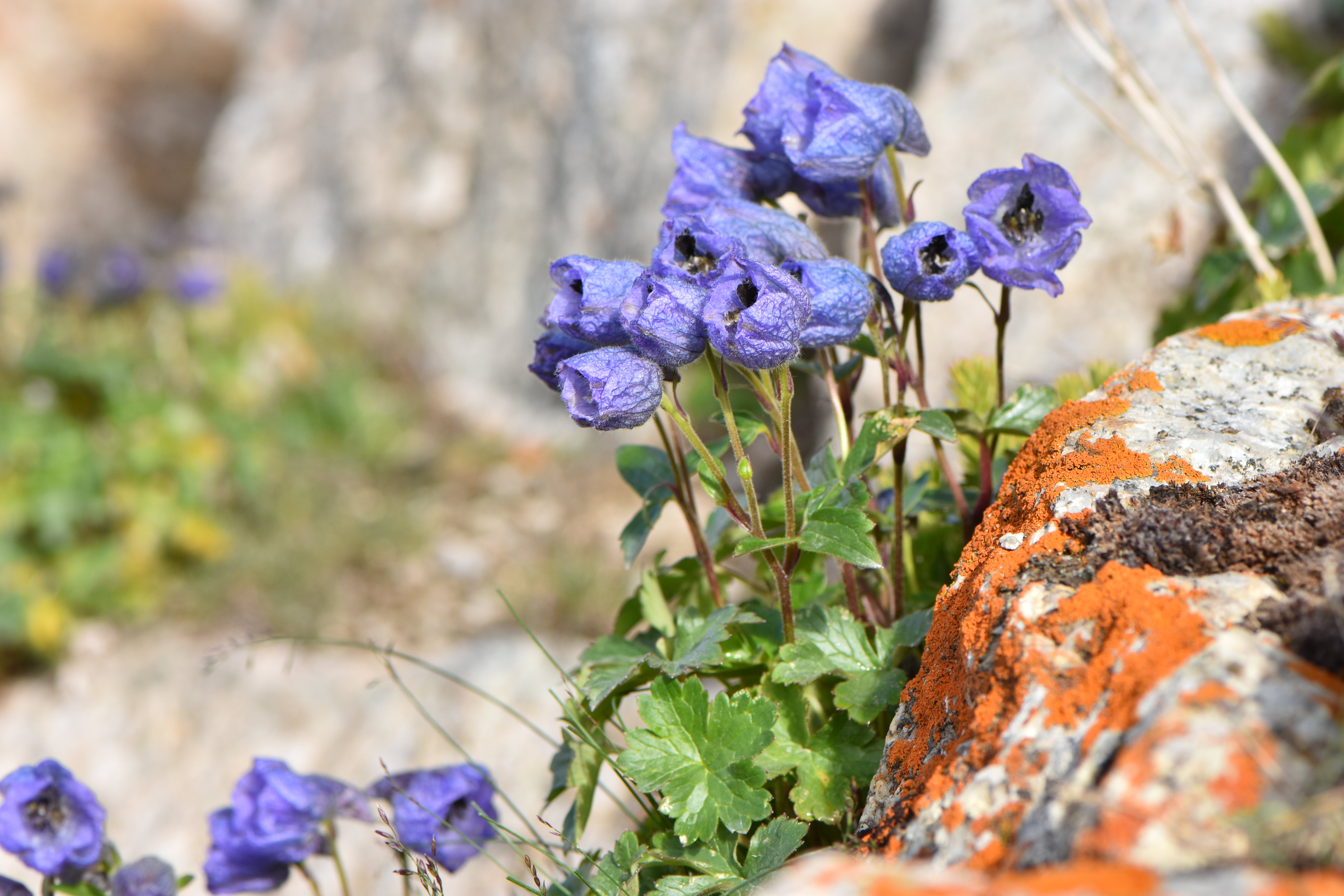Penchant for plants
THE ARTICLES ON THESE PAGES ARE PRODUCED BY CHINA DAILY, WHICH TAKES SOLE RESPONSIBILITY FOR THE CONTENTS

For many, the strikingly beautiful Tianshan Mountains in the Xinjiang Uygur autonomous region hold mystical powers; the azure water of Tianchi Lake is the abode of the mother goddess; and the brilliant white snow lotus an elixir of life.
But for Yang Zongzong, the Tianshan range is a happy childhood place, where weekends meant an adventure with wild plants. Today, that curious little boy has grown into an independent plant taxonomist, and the mountains continue to be a source of never-ending fascination and discovery.
Between April and September every year, Yang and members of his Natural Botanical Society venture deep into the mountains – usually for 15 days at a stretch – to keep a record of Xinjiang’s flora, collect specimens for research and protect endangered species through artificial propagation.
For the field trip, Yang cleans the specimens, neatly arranges them between sheets of newspaper and places them inside a plant press. Over the next few weeks, he replaces the paper every morning and evening until the specimens are completely dry. These are then labelled and mounted as exhibits. Sometimes, readying one specimen can take up to two months.
Yang was born in Urumqi, the regional capital, in 1984. At the age of six, he found at home a handbook on Xinjiang’s herbal medicines. He was still learning to read and was unable to comprehend all that was written, but the line drawings of plants piqued his curiosity.
Once in primary school, Yang began learning the names of various plants and spent his allowance on getting herbs from a local pharmacy. He compared these with descriptions in the handbook, familiarising himself with their smell and taste. Plants became his favourite toys, and given the myriad species in the region, the source of his joy was infinite.
With time, he became interested in the nomenclature and classification of plants. He started reading more and more about Xinjiang’s medicinal herbs, which marked the beginning of his dedication to plant taxonomy.
In 1998, on a two-day field trip to the Tianshan Grand Canyon organised by his middle school’s biology club, Yang spotted a flowering plant bearing resemblance to the rare genus Diplandrorchis. He wrote to Chen Xinqi, the late leading orchidologist and the discoverer of Diplandrorchis. Chen informed him that the plant was Neottia inayatii, and that this was the first time it had been found in China.

The chance discovery and subsequent publications won Yang top awards in national contests, and he was granted admission to Beijing Normal University to study biology.
Yang spent a few years in profitable careers, but his love for wild plants never faded. In 2016, he resumed research on flora, spending his salary on equipment and venturing into the wild whenever he could. In 2017, he founded the Natural Botanical Society, which now has 13 core members, 20 long-term volunteers and more than 200 plant enthusiasts who occasionally volunteer. The society protects endangered species and raises awareness through workshops.
Yang and his team have discovered eight new plant species in Xinjiang – seven of them in the Tianshan Mountains alone – the key contributing factors being the region’s altitudinal distribution of vegetation and geographical differences between the northern and southern slopes.
“The Tianshan Mountains host comprehensive growing zones for plants – from desert, grassland and forest species to those found in subalpine meadows, alpine meadows and the subnival belt,” Yang says. “Hence, the plants are all very unique.”
According to Yang, citing Flora Xinjiangensis (Flora of Xinjiang), the region has more than 3,500 vascular plant species. The numbers may not be impressive compared with the country’s 30,000-plus species, but these plants are very distinctive in character, and half of them are found only in Xinjiang.
Previously published on Chinadaily.com.cn
